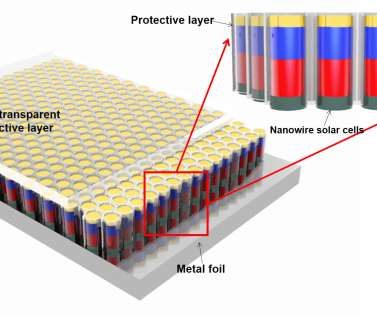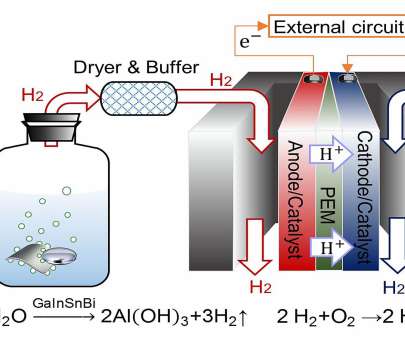Researchers use melamine to create effective, low-cost carbon capture; potential tailpipe application
Green Car Congress
AUGUST 5, 2022
The low cost of porous melamine means that the material could be deployed widely. In contrast, the melamine porous network with DETA and cyanuric acid modification captures CO 2 at about 40 degrees Celsius, slightly above room temperature, and releases it at 80 degrees Celsius, below the boiling point of water.









































Let's personalize your content